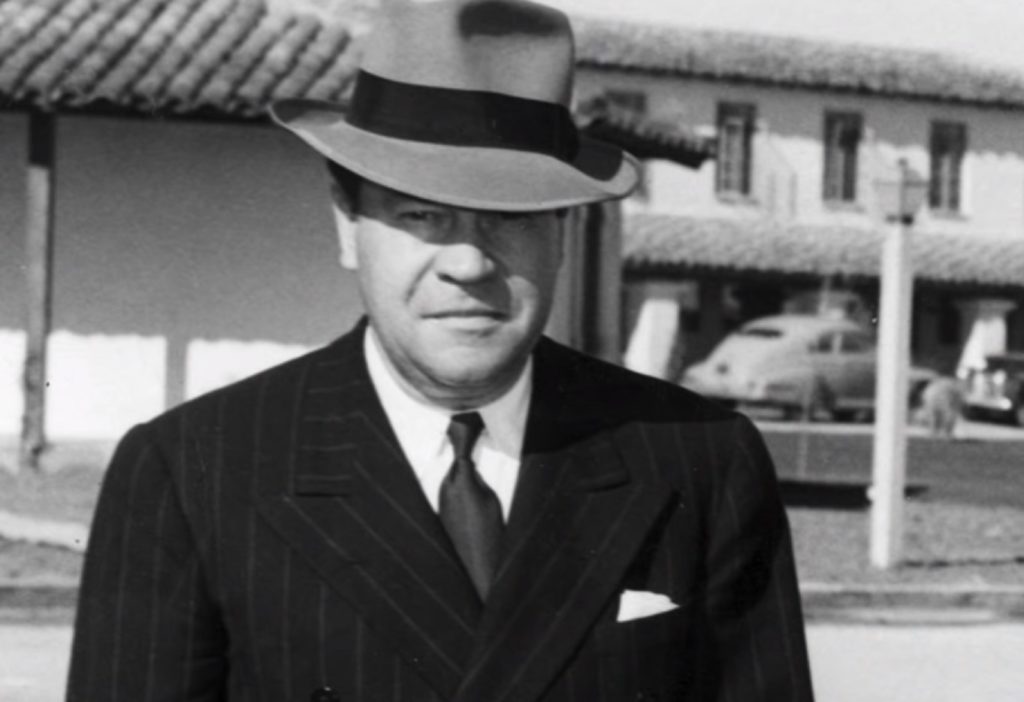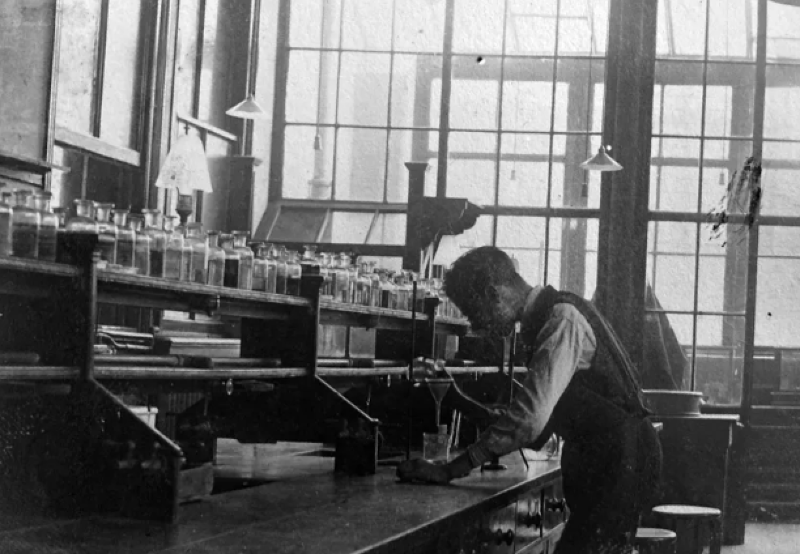Organ transplants can lead to changes in personality

From the SCMP: "Organ transplants save lives – but, a recent study suggests, they may also come with an unexpected side effect: profound personality changes. A paper published in the medical journal Transplantology discusses how a number of transplant recipients have experienced major, long-lasting changes in their thoughts, actions and behaviour. Researchers at the University of Colorado School of Medicine in the United States set out to investigate the question of whether transplants affect personality, and surveyed 23 heart recipients and 24 other organ recipients. Almost 90 percent of transplant recipients reported personality changes following their surgery."
This sci-fi author had a secret life writing Army manuals on psychological warfare

From Annalee Newitz: "Cordwainer Smith was a mid-twentieth century author who wrote about human-animal hybrids of the distant future who led a revolution against their cyborg masters. It was only later that I discovered that Cordwainer Smith was the pen name of Paul Linebarger, an intelligence operative who wrote the first Army manual devoted to the practice of psychological warfare in 1948. Linebarger’s father was a judge in the Philippines who became a devoted follower of Chinese nationalist Sun Yat-Sen. So Paul published science fiction as Cordwainer Smith and realist fiction under the name Felix C. Forrest, and worked to overthrow the Communists in China – not for the glory of America, but to continue the nationalist project of his mentor Sun Yat-Sen."
In Victorian times you could seize a corpse to force the repayment of a debt

From the VBOTD: "Replevin was a writ or legal order issued to recover an item of personal property wrongfully taken. Sometimes known as “claim and delivery”, it was an antiquated legal remedy in which a court required a defendant to return specific goods to the plaintiff at the beginning of the action, thereby increasing the likelihood of a quick settlement. What ended up happening with these writs was that dead bodies were often held for ransom. The threat of either retaining a corpse, of publicly displaying it, or of burying it in a pauper’s grave was used in all kinds of circumstances to extort money, legally owed or not."
Editor's note: If you like this newsletter, please share it with someone else. And if you really like it, perhaps you could subscribe, or contribute something via my Patreon. Thanks for being a reader!
The enigma known as Eddie Mannix: Old Hollywood's most notorious fixer

From Danny Dutch: "In Old Hollywood, where stars shone bright on the silver screen, there existed a shadowy figure who operated behind the scenes, shaping narratives and burying scandals beneath layers of secrecy. His name was Eddie Mannix, and he was a pivotal figure in the golden age of Hollywood, wielding influence that extended far beyond the studio lots. Born in 1891, his career in the film industry saw him ascend the ranks, eventually landing a position at MGM. As the head of the general manager's office, Mannix became known as the studio's "fixer," a manipulator of truth and master of deception."
To help the Allied war effort this team of scientists got drunk on nitrogen

From The Smithsonian: "During the extreme violence and bombings of World War II, England called on its citizens to do what they could to help. That meant food rationing for everyone and long hours working in factories for some. For a small group of scientists in London, however, it meant putting their lives on the line while doing math—lots and lots of math, sometimes while drunk. This group helped make the Allied landings on D-Day possible. When the Allies’ submarines started going down in alarming fashion they were forced to realize they had no idea what they were doing underwater. But Haldane did. He and his team of downtown rebels had started studying the physiology with the most easily scheduled test subjects they could find: themselves."
An ancient monument in France is unlike anything else found in that region

From IFLScience: "Archaeologists at the National Institute for Preventive Archaeological Research have uncovered what they describe as an unprecedented ancient monument in Marliens, near Dijon, France. Excavating the site, the team found artifacts from the Neolithic age to the Iron Age, including flint arrowheads, an archer's brace, and a copper alloy dagger. The strange monument is described as an 8-meter long horseshoe enclosure attached to a circular enclosure 11 meters in diameter, and another open enclosure attached to that. "This type of monument seems unprecedented and currently no comparison has been possible," Inrap explained in a press release."
A 100-year-old man set a new age record for the 80-metre dash
Orville Rogers is 100 years old. He set a new age record by running the men's 60M in 19.13 seconds. pic.twitter.com/Olvj2YklsC
— Historic Vids (@historyinmemes) April 21, 2024
Acknowledgements: I find a lot of these links myself, but I also get some from other newsletters that I rely on as "serendipity engines," such as The Morning News from Rosecrans Baldwin and Andrew Womack, Jodi Ettenberg's Curious About Everything, Dan Lewis's Now I Know, Robert Cottrell and Caroline Crampton's The Browser, Clive Thompson's Linkfest, Noah Brier and Colin Nagy's Why Is This Interesting, Maria Popova's The Marginalian, Sheehan Quirke AKA The Cultural Tutor, the Smithsonian magazine, and JSTOR Daily. If you come across something interesting that you think should be included here, please feel free to email me at mathew @ mathewingram dot com



